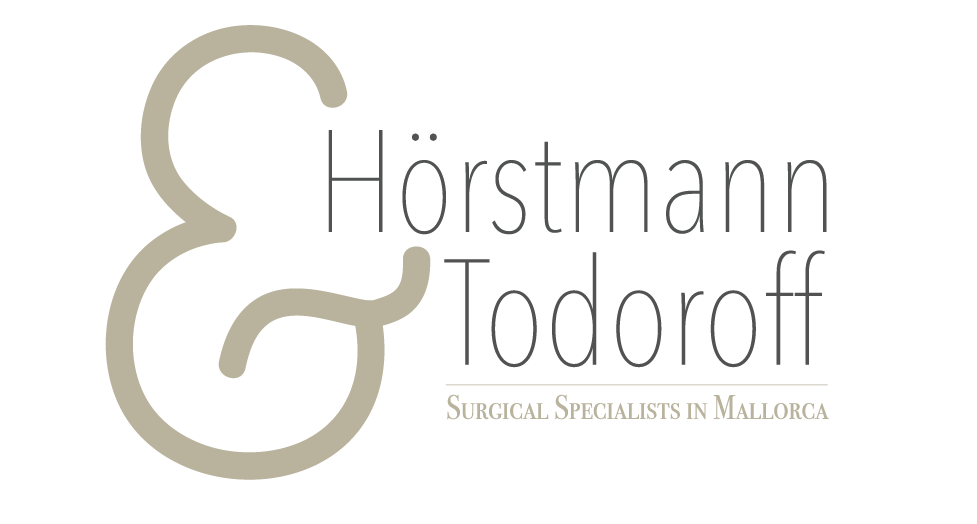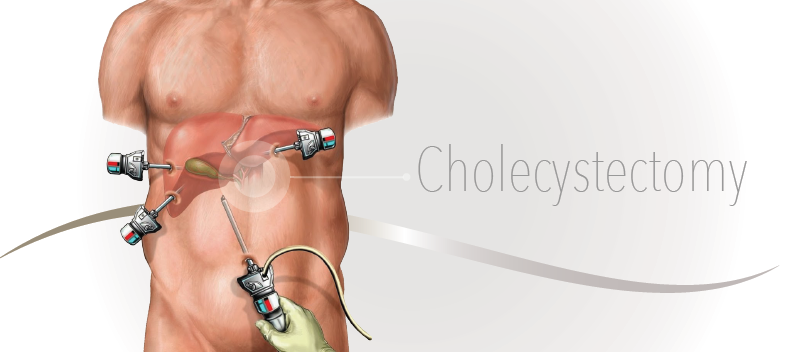-
Laparoscopic Surgery
What is Laparoscopic Surgery?
Surgery by laparoscopic means are, “minimally invasive” (“Key-hole”) procedures commonly used to treat – amongst others – diseases of the gastrointestinal – and the biliary tract. Unlike traditional surgery on the colon or other intra abdominal organs where a long incision down the center of the abdomen is required, laparoscopic surgery requires only small “keyhole” incisions in the abdomen. As a result, the person undergoing the procedure may experience less pain and scarring after surgery, and a more rapid recovery.
-
How is the procedure performed?
Three or more small (5-10 mm) incisions are made in the abdomen to allow access ports to be inserted. The laparoscope and surgical instruments are inserted through these ports. The surgeon then uses the laparoscope, which transmits a picture of the abdominal organs on a video monitor, allowing the operation to be performed.
-
Operations performed by laparoscopic surgery:
-
What effect does laparoscopic surgery have on healing?
Surgeons for a long time believed that the magnitude of the operation inside the abdomen determined the magnitude of the injury to the patient. Consequently, it was expected that after large operations such as the removal of the gallbladder, the repair of a hiatal hernia or the removal of part of the colon, that patients would require months to require. Indeed, after these operations when performed through large incisions, patients were disabled on average six to eight weeks or even longer. When we began to remove gallbladders laparoscopically using 5mm and two 11 mm incisions, we were surprised to find that the difficulty of removing the gallbladder did not influence the period of recovery. Recovery was determined by the size of the incisions. Patients that underwent laparoscopic surgery could usually leave the hospital is less than 24 hours after the operation and return to normal activity within one to two weeks. When we gained more experience and were able to perform other abdominal operations such as removing the spleen, repairing hiatal hernias and removing sections of the colon, we found the same thing. The patients recovered much more rapidly than after operations with large incisions. Patients typically stayed in the hospital about three days and returned to normal activity within two to three weeks.

